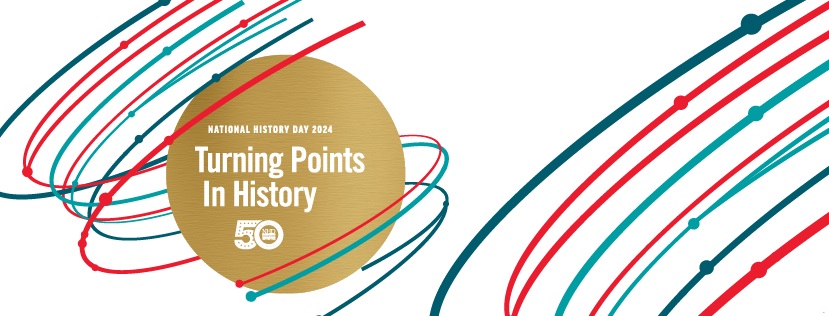
Tips for Students:
Documentaries
Credit to Amy Cohen for her tips- Check judging sheet regularly to remember what's most important!
- Let your thesis be your guide; all material should support the thesis.
- Follow rules closely.
- The process paper should be detailed and flawless.
HELPFUL TIPS FOR MAKING A DOCUMENTARY
- Always write the script before you start creating the documentary!
- Make sure you have enough visuals for your documentary.
- You might need more than you'd think: Documentary = 10 mins = 600 seconds Avg. length of time each picture is on the screen = 5 seconds. 600/5 = 120 pictures!
- Types of visuals: Newspaper headlines, video clips, interview clips, maps, drawings, cartoons, documents, title screens, talking head, etc.
- No fuzzy pictures, period!
- Places to go for visuals:
- Scan from books.
- Take digital photos of books/hard copy photos.
- Digital libraries of NHD Philly Partners.
- Google Images - Use medium or preferably large sized images.
- Take video from other documentaries (its okay, just don't take the narration.)
- Do a storyboard so that you know you have the visuals to support your narration.
- Documentary-makers mantra: "Say cow, see cow!"
- Record the narration before you insert the visuals.
- The story must drive the visuals, not the other way around
- Chop up your script into small chunks (1 or 2 paragraphs) to be recorded separately. This makes it easy to edit if you make a mistake.
- Use a decent microphone. The ones built into computers aren't very good.
- Talk over your microphone so you don't get 'popping' noises
- Limit distracting background noises
- Save your project frequently!
- Make sure you have enough space (iMovie and Windows Movie Maker projects can take up several GB of space.)
- If you need to transport the project from computer to computer, be sure you have an external hard drive.
- Do an interview (or a couple!)
- Interviews provide a validating outside opinion and add spice to the flow of the documentary.
- Good interview subjects:
- Eyewitnesses
- History professors
- Authors
- Newspaper reporters
- Elected officials
- Anyone else who can speak with a unique/authoritative voice on the subject
- Don't try to cram too much into your project.
- Talking faster just makes it harder to understand your project.
- Leave enough time to utilize title screens and dramatic pauses for effect and to allow your points to sink in with the audience.
- Sacrifice interesting details so that you can include more historical context.
- Don't go crazy with the transitions.
- Mix it up, use a variety of transitions, and concentrate on using the less.
- Listen to your project with a critical ear toward the audio.
- Make sure narration volume levels are consistent, especially from one speaker to the next.
- Add music to create flow and build intensity/emotion.
- Use instrumental music only, unless there is some lyrical music that relates to the topic and is used unobtrusively.
- Check freeplaymusic.com for copyright-clean, instrumental music that can be tailored to the length you want.
- Classical music is also good.
- Balance music volume so that it is not competing with the narration.
- Add a brief credits screen to give credit for music, research archives, interview subjects and any "special thanks" you'd like to give.
- Credits do NOT need to be your complete bibliography. Credits will be much briefer, usually only listing major sources of information.
- Make backup copies of your project and make sure it plays on a variety of formats and machines.
Ideas about how to plan your documentary (storyboarding, etc.)
For more tips, judging sheets, and information about NHD documentaries, visit the Project Categories Page of the NHD Website and select "Documentaries" at the top of the page

